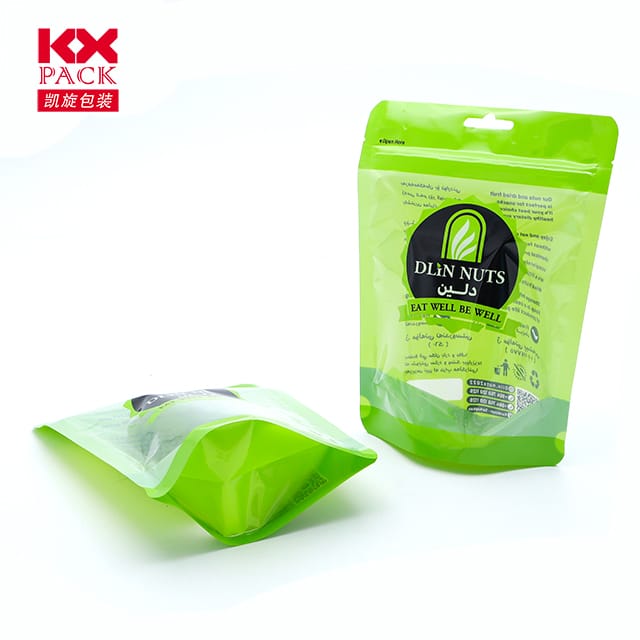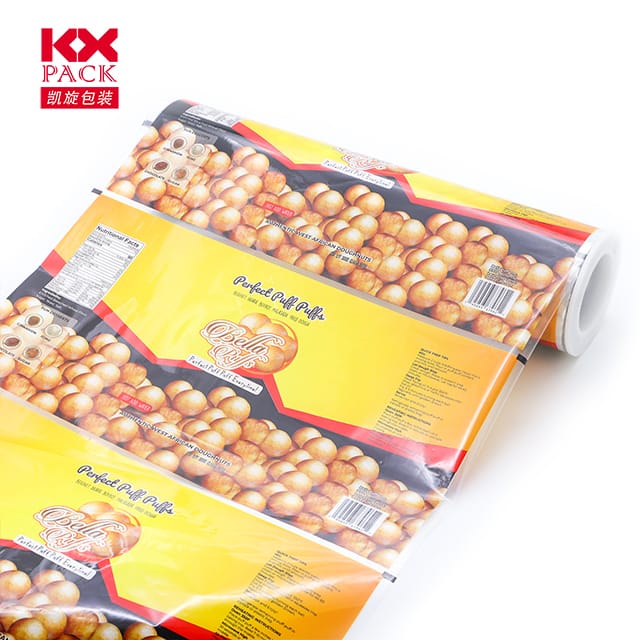현대 포장의 이름없는 영웅: 롤 필름이 게임 체인저 인 이유 (6)
Roll Film
In a world where products compete for attention on crowded shelves and e-commerce platforms, 포장은 보호에 관한 것이 아니라 지속 가능성에 관한 것입니다, 능률, 브랜드 스토리 텔링. 입력하다packaging roll film, 식품에서 전자 제품까지 산업에 조용히 전력을 공급하는 다목적 재료. 이 겸손하면서도 강력한 솔루션이 스포트라이트를받을 자격이있는 이유를 해결하자.
What is Packaging Roll Film?
Packaging film is a flexible, continuous sheet of material (often plastic, biodegradable compounds, or laminates) wound into a roll. It’s used to wrap, 밀봉하다, or protect products through automated or manual processes. Think of it as the Swiss Army knife of packaging: adaptable, 비용 효율적, and scalable.
Common types include:
- Polyethylene (체육): Lightweight and moisture-resistant, ideal for fresh produce or dry goods.
- 폴리프로필렌 (PP): Durable and heat-resistant, used for snacks, textiles, or industrial parts.
- 생분해 성 필름: Made from plant-based materials like cornstarch, appealing to eco-conscious brands.
- Laminated films: Combine layers for barrier properties (예를 들어, oxygen or UV protection).
Why Roll Film Reigns Supreme
- Efficiency on Autopilot
Roll film is designed for high-speed packaging lines. Machines can unwind, cut, and seal it in seconds, making it perfect for mass production. This reduces labor costs and minimizes human error compared to pre-made bags or boxes. - Customization at Scale
Brands can print logos, instructions, or vibrant designs directly onto roll film before packaging. This ensures consistent branding and allows for seasonal campaigns or limited-edition wraps without overhauling entire packaging lines. - Sustainability Swagger
While plastic often gets a bad rap, roll film is evolving. Many manufacturers now offer:- Recycled content: Films made from post-consumer waste.
- Compostable options: Films that break down in industrial facilities.
- Thinner gauges: Using less material without sacrificing strength.
- Freshness First
For perishables like cheese, 고기, or coffee, roll film can be engineered with gas-flushing technology (replacing oxygen with nitrogen or CO₂) to extend shelf life. This reduces food waste—a win for both consumers and the planet.
Industries That Rely on Roll Film
- 음식 & 음료: From granola bars to frozen veggies, roll film keeps products fresh and tamper-evident.
- 의약품: Sterile, moisture-proof wraps ensure medicines stay safe during transit.
- 전자 상거래: Custom-sized rolls reduce material waste when shipping irregularly shaped items.
- 농업: Silage film preserves livestock feed, while mulch films protect crops from weeds.
The Future of Roll Film: Smart and Sustainable
The packaging industry is racing to innovate, and roll film is no exception. Here’s what’s on the horizon:
- 스마트 패키징: Films embedded with sensors to track freshness or detect contamination.
- 식용 영화: Made from proteins or starches, these could replace single-use plastics for snacks.
- AI-driven design: Algorithms optimizing film thickness and material use to cut costs and waste.
Challenges to Watch
특전에도 불구하고, film faces hurdles:
- Recycling confusion: Multi-layer films are hard to recycle, though advancements in mono-material laminates are helping.
- Cost barriers: Eco-friendly alternatives remain pricier than traditional plastics, though demand is driving prices down.
Final Thought: Roll Film’s Role in a Circular Economy
Packaging film isn’t just a wrapper—it’s a bridge between efficiency and sustainability. As brands face pressure to reduce their carbon footprint, this material’s adaptability makes it a key player in the transition to a circular economy.
Next time you unwrap a snack or open a package, take a moment to appreciate the film behind the scenes. It’s a small but mighty force shaping how we consume and protect products in the 21st century.
Have a packaging innovation story or a favorite eco-friendly brand using roll film? Share it in the comments below! 🌍📦







